Archive for category Video
Before & After: Video Conference Room
Posted by Acoustics First in Absorption, Customer Feedback, Media Room, Multipurpose Rooms, Offices, Product Applications, Products, Teleconferencing, Video on March 6, 2024
AMC Technology is located in a 5,400 square-foot suite that features a large open office area, a break room as well as several conference rooms.
When Acoustics First® initially met with the AMC team, they had recently moved into the space and were experiencing a number of acoustic problems in the open office area. Although Acoustics First® originally provided recommendations to improve workstation isolation in the open office, once the employees settled into the space, call-clarity issues in the conference rooms had become the much larger concern.
Three of the conference rooms were rudimentarily treated with 1” sound absorbing panels. The other four conference rooms were not treated acoustically and had hard/reflective walls, floors and ceilings. These hard surfaces were most at fault for excessive reverberation, noise buildup and distracting flutter-echoes (“ringing” caused by parallel reflective surfaces). These conditions contributed to an acoustically uncomfortable environment in which speech was hard to understand and conference call clarity suffered.

AMC Technology’s CTO, Anthony Uliano, identified a few goals for potential acoustic remediation. Anthony often works remotely and will call into the conference rooms to talk with team members. The sound of these calls on his side was frequently distorted and individual team members were difficult to understand. Anthony was concerned that clients were experiencing the same intelligibility issues. The primary goal for acoustic treatment was to improve the clarity of conference calls by reducing echoes and excessive reverberation within each conference room. Anthony also mentioned that they were experiencing some isolation problems. Though not a high priority, steps to reduce sound transmission were detailed for future consideration.
Acoustics First® specified Sonora® wall and ceiling treatment within each conference room to control flutter echoes and reduce reverberation down to suitable levels for conference calls. The video below provides a great snapshot of how the room sounded before and after treatment. Each recording is done in the same room, with the same employee and sitting the same distance from the microphone. The end result is a much clearer and intelligible conversation.
Binaural Bob Returns!
Posted by Acoustics First in Absorption, Diffusion, Offices, Product Applications, Products, Uncategorized, Video on April 5, 2018
Back in the summer of 2015 we had a good time stuffing a bunch of our Model D Art Diffusors® into an empty storage closet and making a bunch of racket. The results were recorded, with the help of our friend Binaural Bob and the resulting data provided some interesting insights.

Well, Binaural Bob is back! This time we had a larger room than before (10’x9’x8’), and experimented with wider variety of sounds and treatment options. While this is obviously not the same as a controlled laboratory test, it does have a certain ‘real world’ flavor that’s relatable.
For best results, turn off any compression/effects and listen on headphones.
Reference Sounds played through speaker
Ye Olde Balloon Pop Test! (Calibrated 12″ Shiny Red Latex Party Balloons!)
WARNING! BALLOONS ARE LOUD – TURN IT DOWN!
Acoustics First® Art Diffusor® Model D spotted in music video for Usher’s “Rivals” featuring Future…
Posted by Acoustics First in Diffusion, Press Release, Product Applications, Products, Recording Facilities, Studio Control Room, Video on April 11, 2017

Acoustics First® Art Diffusor® Model D spotted in music video for Usher’s “Rivals” featuring Future…
Watch the video on YouTube here… Usher – “Rivals” Featuring Future.
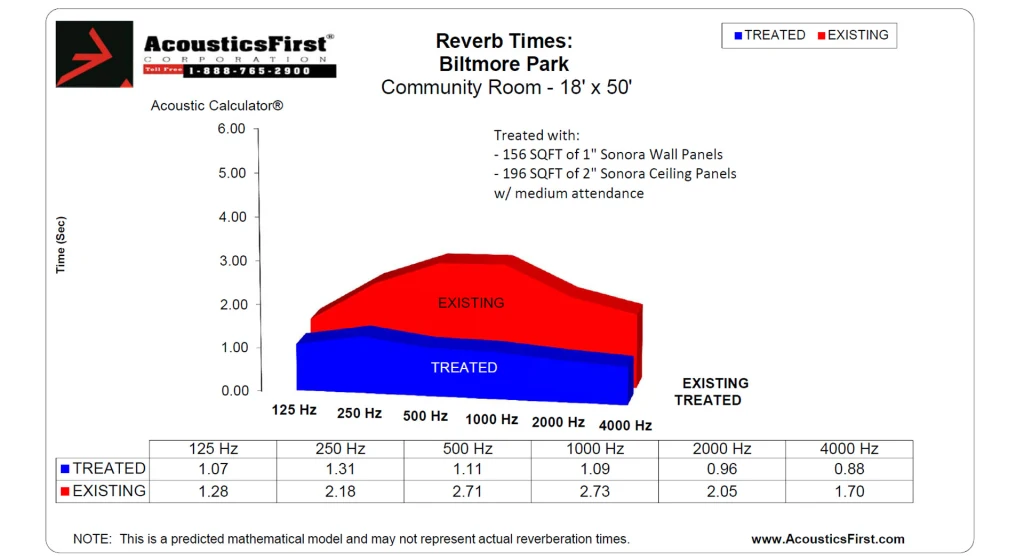
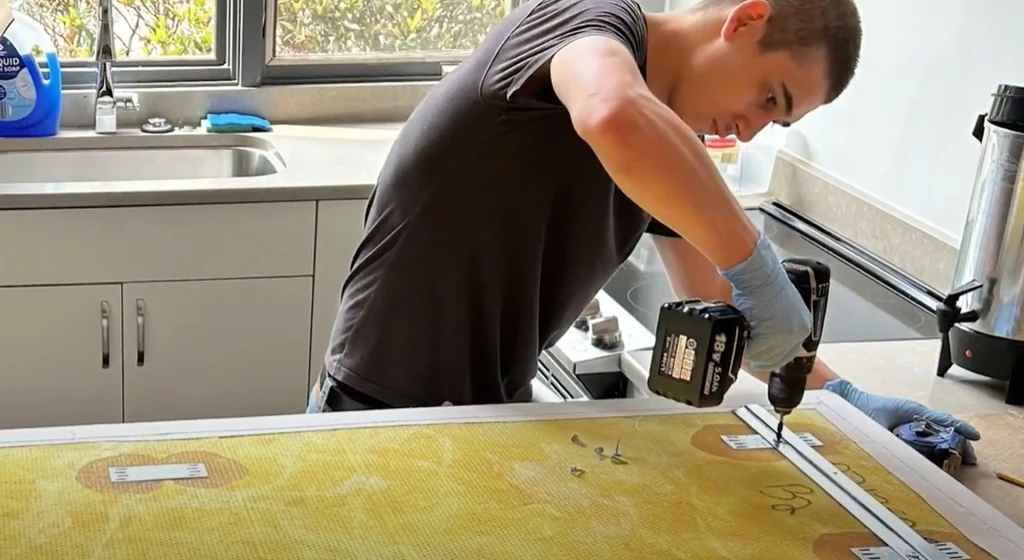
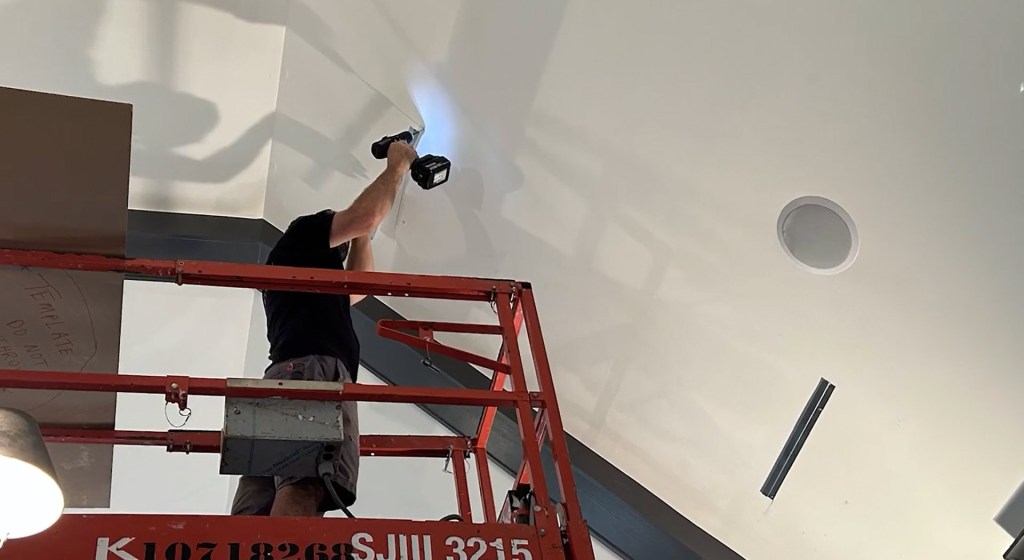
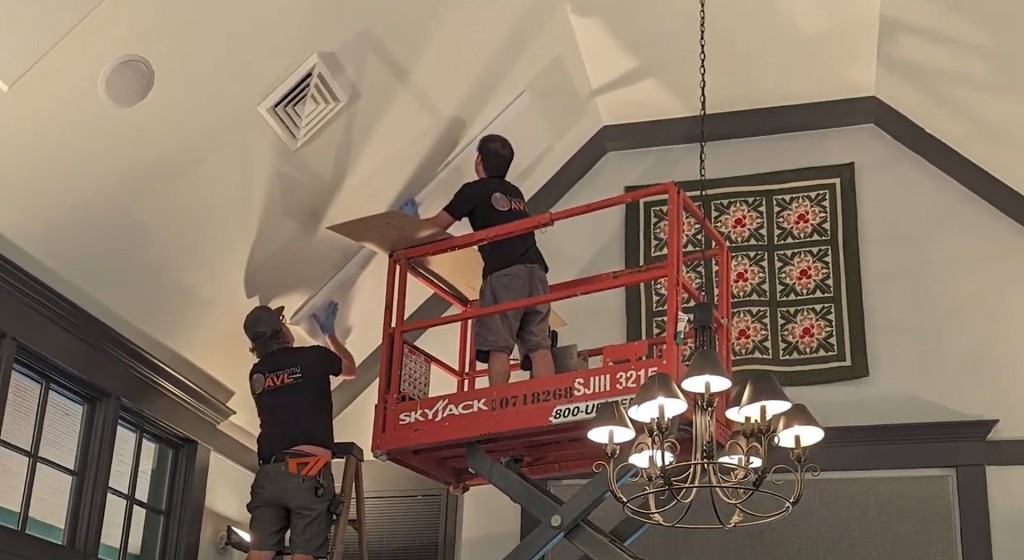
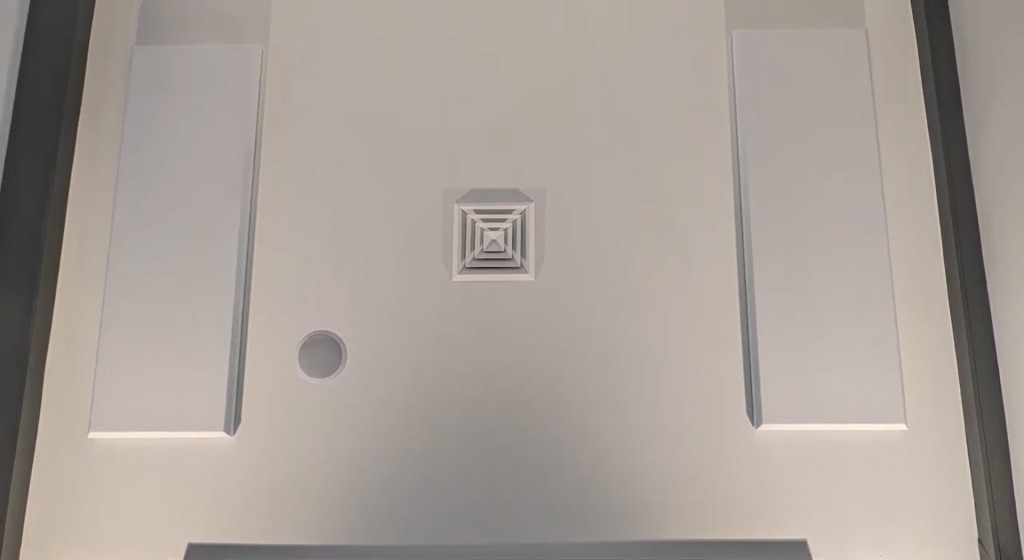
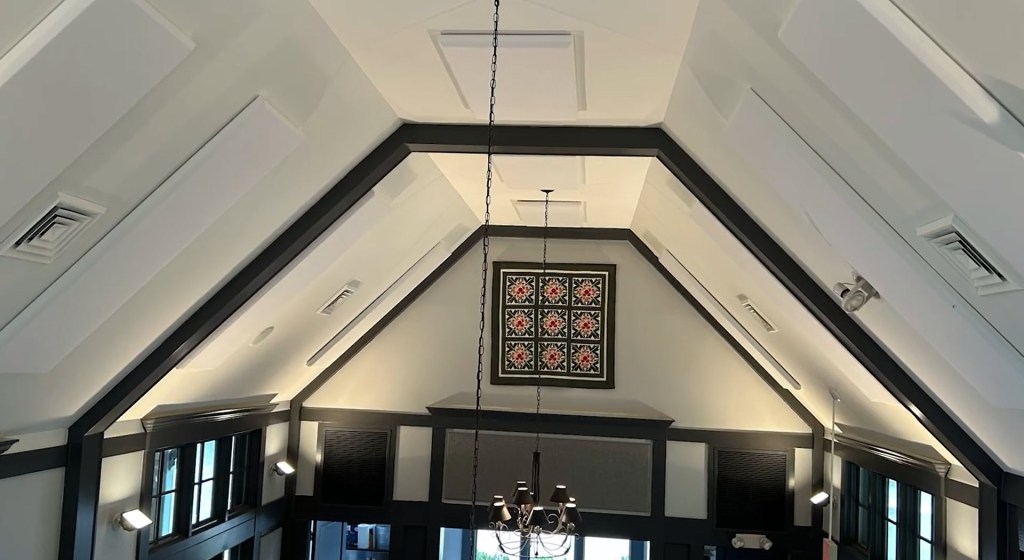
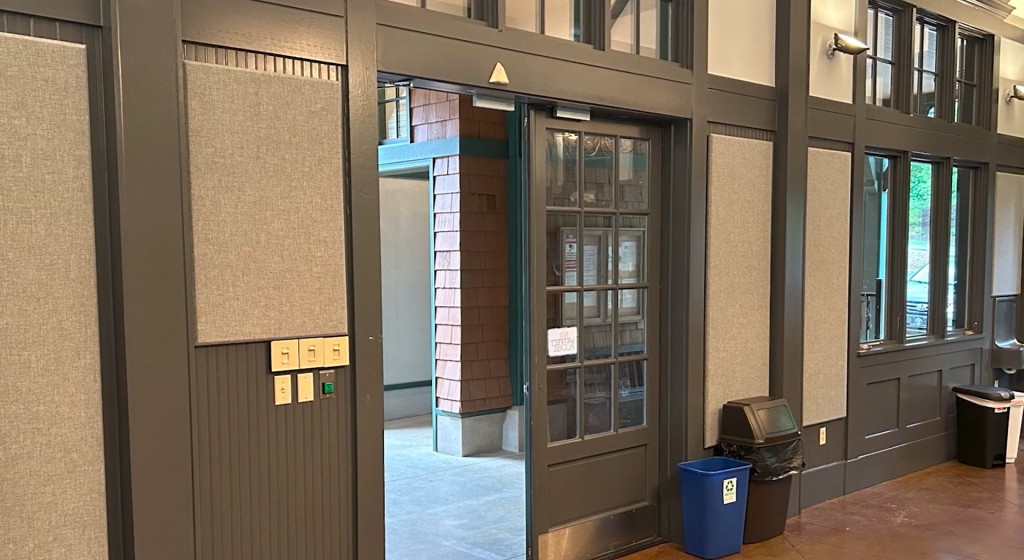
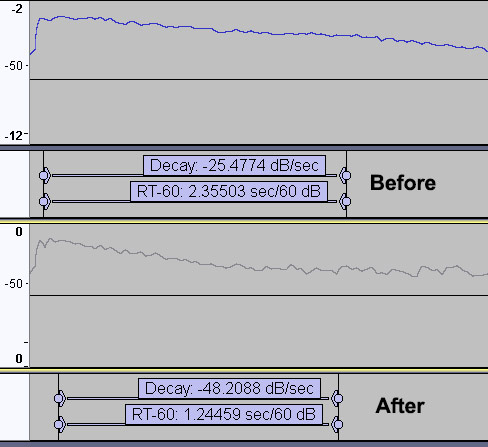

 For our first post of 2017, we thought we’d share this video produced by our friends at Graveyard Carz! When the reality show had noise issues with their compressors while filming, they solved the problem by using Stratiquilt™ Acoustic Blankets from Acoustics First®. This video shows a before and after comparison and is a great example of the practical application of these industrial sound control blankets.
For our first post of 2017, we thought we’d share this video produced by our friends at Graveyard Carz! When the reality show had noise issues with their compressors while filming, they solved the problem by using Stratiquilt™ Acoustic Blankets from Acoustics First®. This video shows a before and after comparison and is a great example of the practical application of these industrial sound control blankets.
You must be logged in to post a comment.